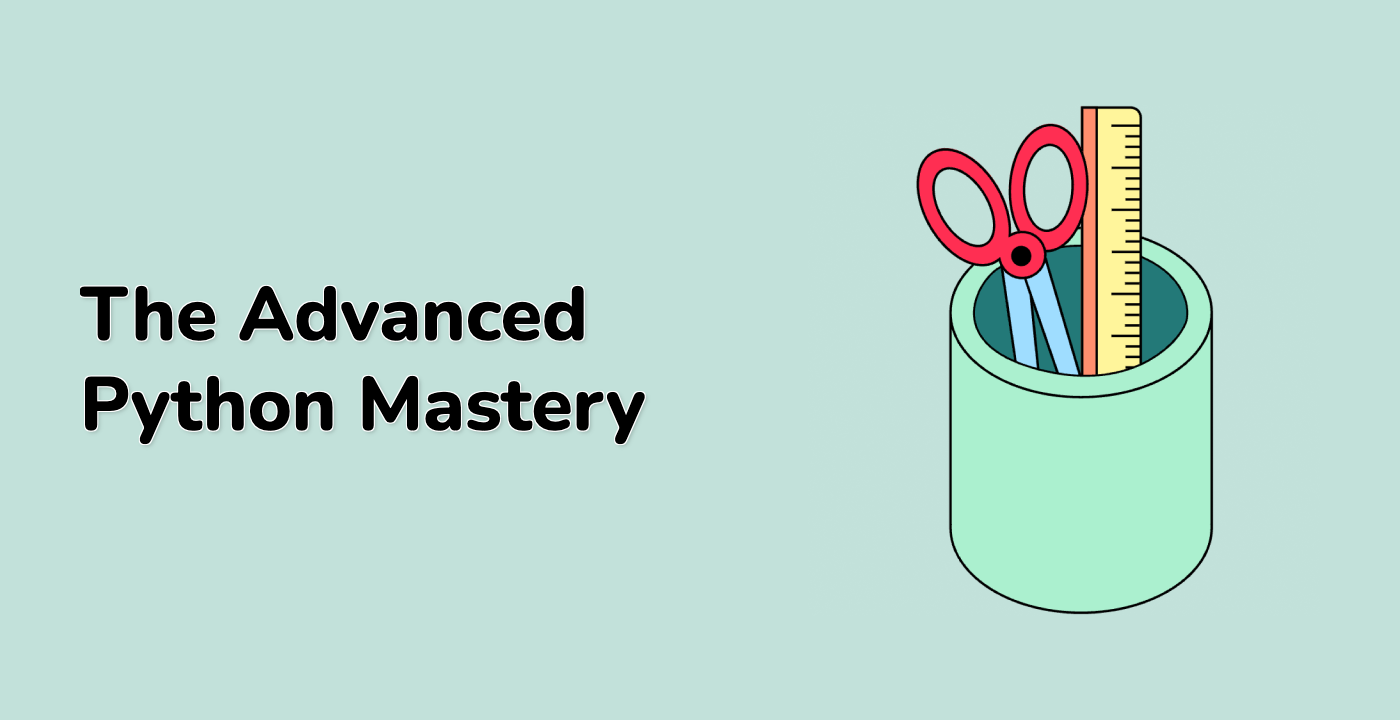Introduction
In this tutorial, you will learn about the concepts of copy and view for ndarrays in the NumPy library. You will learn how to use the copy() and view() functions to create a new copy of an existing array or create a new view for the array. You will also learn the difference between copy and view and how they behave differently.
VM Tips
After the VM startup is done, click the top left corner to switch to the Notebook tab to access Jupyter Notebook for practice.
Sometimes, you may need to wait a few seconds for Jupyter Notebook to finish loading. The validation of operations cannot be automated because of limitations in Jupyter Notebook.
If you face issues during learning, feel free to ask Labby. Provide feedback after the session, and we will promptly resolve the problem for you.




